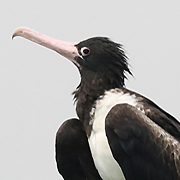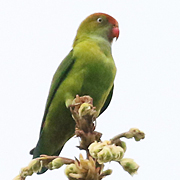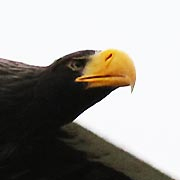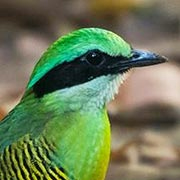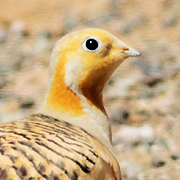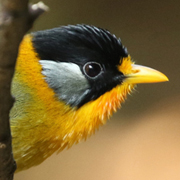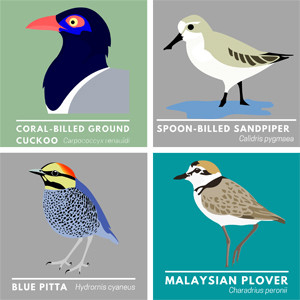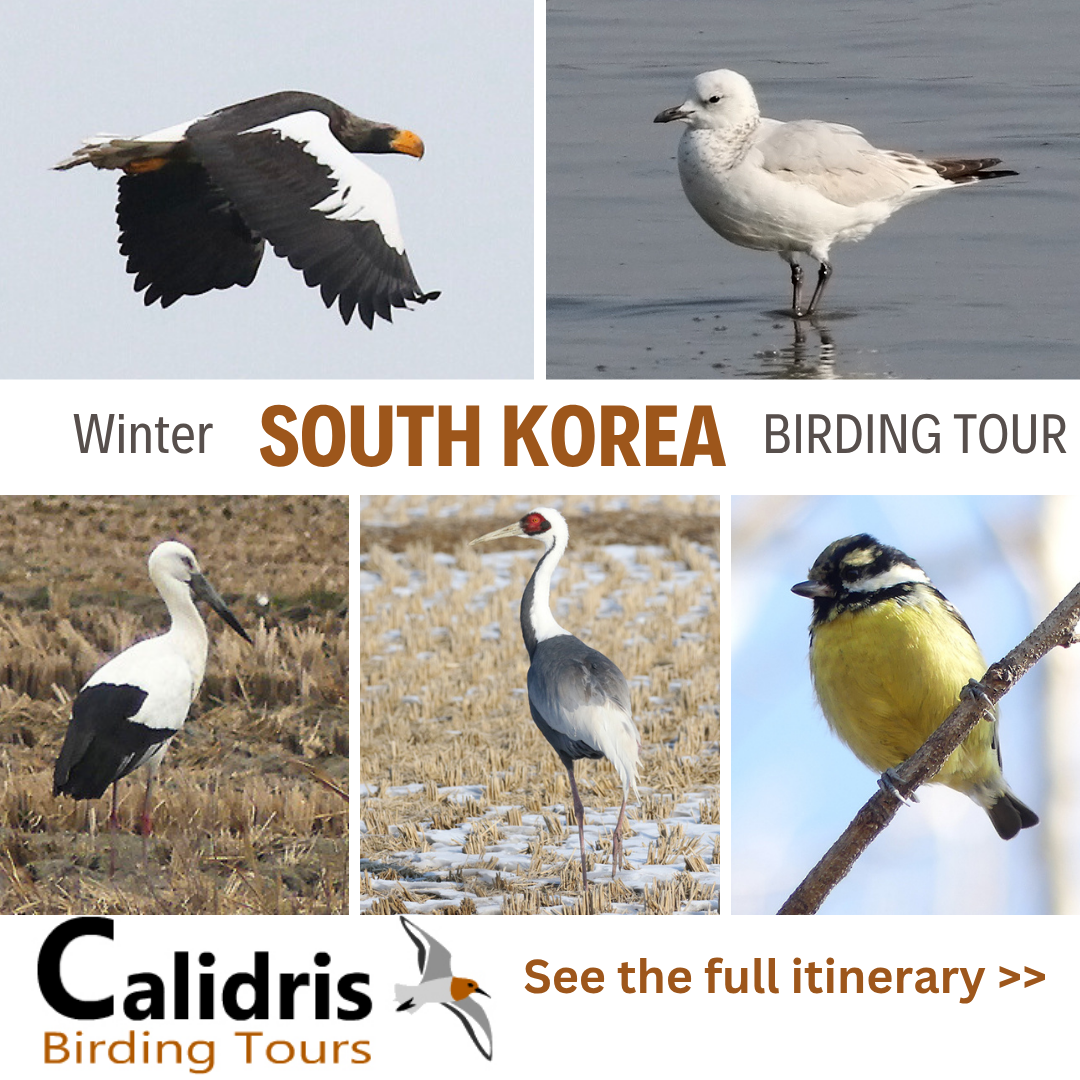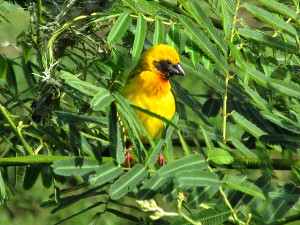
Rice fields around the provincial capital of Petchaburi are at their most productive for birds in the dry season when there are lots of migrant species present, perhaps most notably large raptors. However, during the wet season this area of agriculture has some ornithological attractions that are not available in the drier months.
A few days ago I made a day trip to this area with a visiting photographer to see if we could obtain some good photos of some of the wet season specialities.
Perhaps the star attraction of these fields in the wet season are the three species of weaver; Asian Golden Weaver, Streaked Weaver and Baya Weaver. All three species start coming into breeding plumage around the end of February and begin to make their nests through the next few months, but the most spectacularly colored of the three is Asian Golden Weaver.
 Asian Golden Weaver (female in nest)
Asian Golden Weaver (female in nest)
We easily found plenty of Baya and Streaked Weavers to photograph too – there are not too many places in Thailand where you can see all three species of weaver together.
Another feature of the wet season is seeing Javan Pond Heron in breeding plumage.
This is a very common species which is inseparable from Chinese Pond Heron in non-breeding plumage and which is equally as common. Unexpectedly we saw one Chinese Pond Heron in full breeding plumage too – usually they have all departed north by now but this straggler was hanging around. We also saw one Indian Pond Heron which is a rare species in Thailand.
Breeding birds can be quite interesting at this time of the year and we came across Black-winged Stilt on the nest and Red-wattled Lapwings with recently fledged young. Asian Pied Starlings feeding young and a White-breasted Waterhen with some black, fluffy chicks were also nice to see.
Spending the course of the day in this area meant that we were able to photograph many species of birds well; Bronze-winged Jacana, Plain-backed Sparrow, Common Iora, Black-shouldered Kite, Asian Openbill, Ruddy-breasted Crake are just a few more. A Watercock and Black Bittern were also seen but too far away to photograph. A bit of a surprise were a couple of Black-browed Reed Warblers and an Oriental Reed Warbler still present.
One of the nicest and most confiding species was Oriental Pratincole, nesting on a dry, muddy area. These birds begin to arrive in Thailand in late January and nest through the next few months. We used the car to creep really close to one of these birds for some nice shots.
Despite a heavy rain storm arriving in the afternoon we were still able to photograph some more species with one of the nicest being a Great Egret in breeding condition with a blue facial skin and reddish legs.
We also took full advantage of photographic opportunities that were not birds – salt collection, a procession of villagers in colorful dress, bright fishing boats and heavy clouds over the mountains all being worth a few shots to make for a nice day of picture taking; take a look here to see a collection of photos from the day – Thailand Tour – A Photography Day Trip.


 May 27th, 2013
May 27th, 2013  Nick
Nick 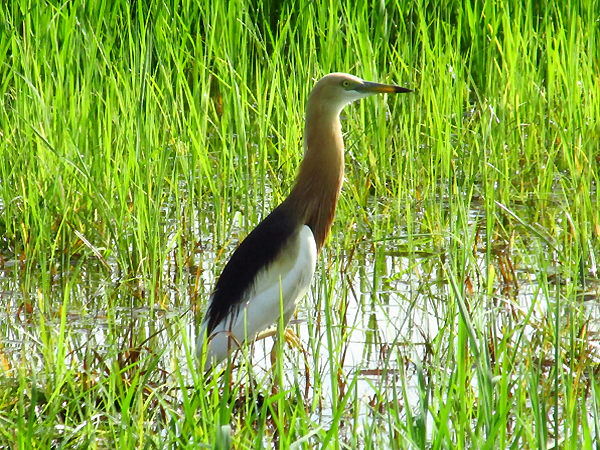
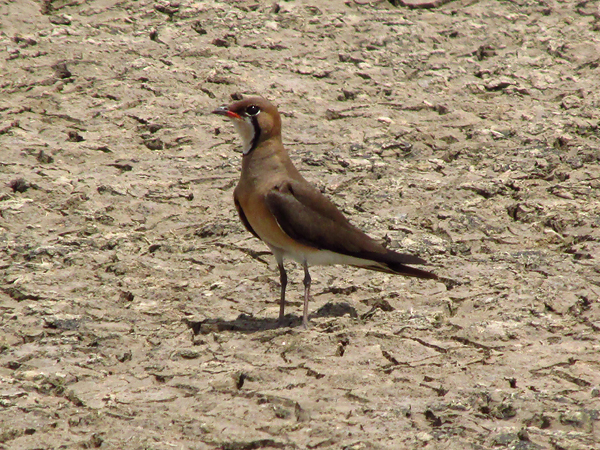
 Posted in
Posted in  Tags:
Tags: 
